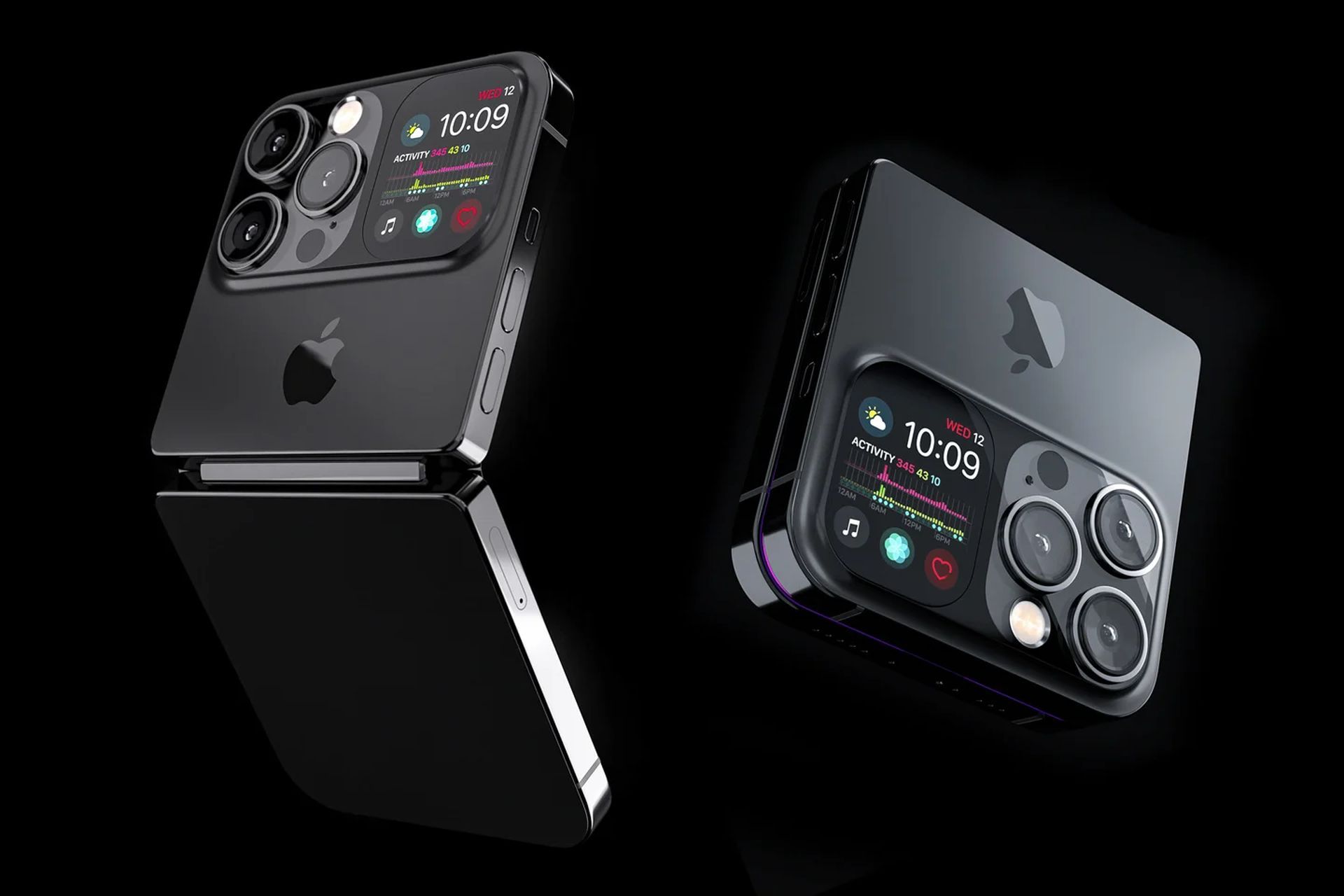In recent years, there has been much speculation and anticipation surrounding the development of foldable devices by Apple, particularly in the smartphone industry. With the release of the Samsung Galaxy Fold and the Motorola Razr, among others, foldable screens are no longer a futuristic concept but a reality.
As such, it is no surprise that major tech companies like Apple are actively exploring this technology and investing in research and development to create their own foldable devices. In fact, Apple has recently been granted several new patents that suggest they are exploring new ways to make every inch of the device into an input surface, including when it is folded up like a clamshell.

This technology could potentially revolutionize the way we interact with our devices and opens up new possibilities for design and functionality. But what is the point of obtaining a patent for a foldable screen, and how could it benefit a company like Apple?
Patent details
Apple is a company known for its innovation and cutting-edge technology, and its recent patents for a foldable device show that they are not content to let other companies lead the way in this emerging market. By obtaining a patent for its foldable screen technology, Apple is protecting its investment in research and development, as well as giving itself a competitive advantage over other companies that may be looking to develop similar devices.
Apple has a long history of using patents to protect its intellectual property and control the market for its products, and obtaining a patent for its foldable screen technology is just one example of this strategy. The patent describes how touch sensor layers can be “overlapped” by a device’s outer panels. These sensors can go under a glass layer along the front, bottom, and curved sidewalls of a device. This all points to Apple testing out features that would allow touch inputs on practically every inch of a device’s surface area.
The patent also references possibly “wrapping a display around some or all of device,” which seems to indicate that Apple has explored rounded sidewalls to allow touch sensor capability.
Why did Apple get a patent for a foldable screen?
The point of obtaining a patent for a foldable screen is to protect the technology from being copied or used by other companies without permission and to give the patent holder the exclusive right to manufacture, use, and sell the product covered by the patent for a certain period of time. This exclusivity can give the patent holder a significant competitive advantage in the market, as they are able to control the technology and potentially generate revenue through licensing or selling the patent to other companies.

For a technology as potentially transformative as a foldable screen, obtaining a patent can also be seen as a way to stake a claim in the emerging market and establish a dominant position early on. With the increasing popularity of foldable devices, including smartphones, tablets, and laptops, there is a growing demand for advanced and efficient foldable screen technologies. By obtaining a patent for a particular foldable screen technology, a company can establish itself as a leader in the field and potentially become the go-to provider of that technology.
Input capabilities
Apple has been moving towards making iPhones into big, touchable slabs that lack a notch or practically any pronounced or recessed outer buttons. The patent references that sidewall touch sensors could be used for camera controls, a volume slider, or other sliders to control brightness or contrast.
These sensors on the backplate could also be used in gaming applications among others to display the action while not having to cover up any part of the screen.
Possible issues
Of course, the danger of having touch inputs on practically every inch of a device’s surface area would be its fragility. It could become brittle, especially since it essentially means users couldn’t use a normal phone case without losing some input area.
However, the patent references walls formed of “transparent and opaque materials” of plastic, metal, or fiber-composite materials, or coatings of clear glass or plastics, which may help address this issue.

Foldable capabilities
Apple’s patent references how “foldable electronic device[s]” can achieve some of this touchability with a clamshell design. It involves an “elastomeric material” that allows the device to bend, with transparent touch sensors still enabled along the device walls.
There’s also a reference to “an enclosure that allows a device to be folded one or more times along one or more fold axes,” but it’s unclear if anybody would need or even want to fold a device more than once.
Conclusion
There’s been some disagreement among high-profile Apple analysts and rumormongers about whether Apple could be releasing some kind of foldable Mac/iPad hybrid by next year. While patents aren’t always a great indicator of what’s to come, these new patents show that Apple is at least considering a more foldable future for its devices. The technology is constantly evolving, and it remains to be seen what Apple will ultimately do with this research.
Apple has recently obtained an exciting development in the tech industry. While it remains to be seen exactly what Apple’s plans for this technology are, it’s clear that the company is exploring new and innovative ways to create more versatile and user-friendly devices. Another highly anticipated device Apple VR/AR headsets will be powered by Apple xrOS.





